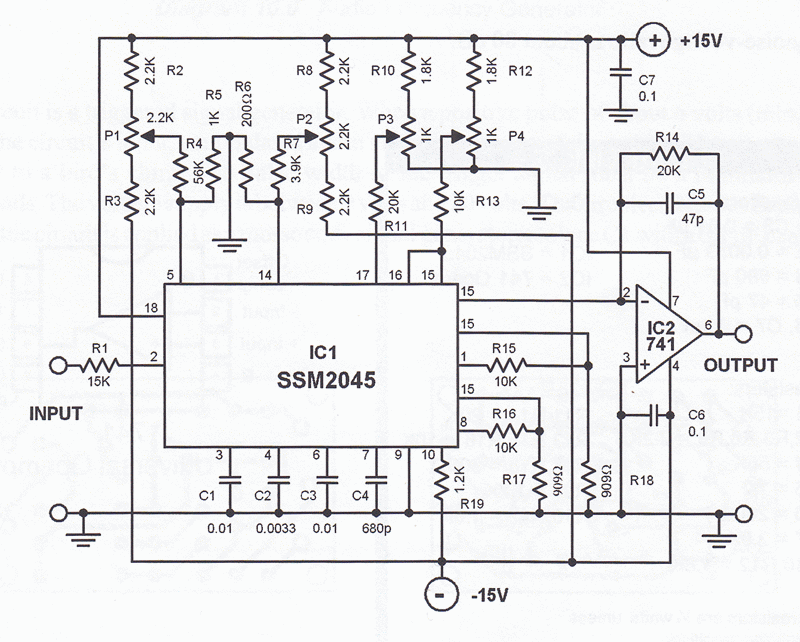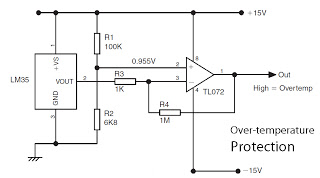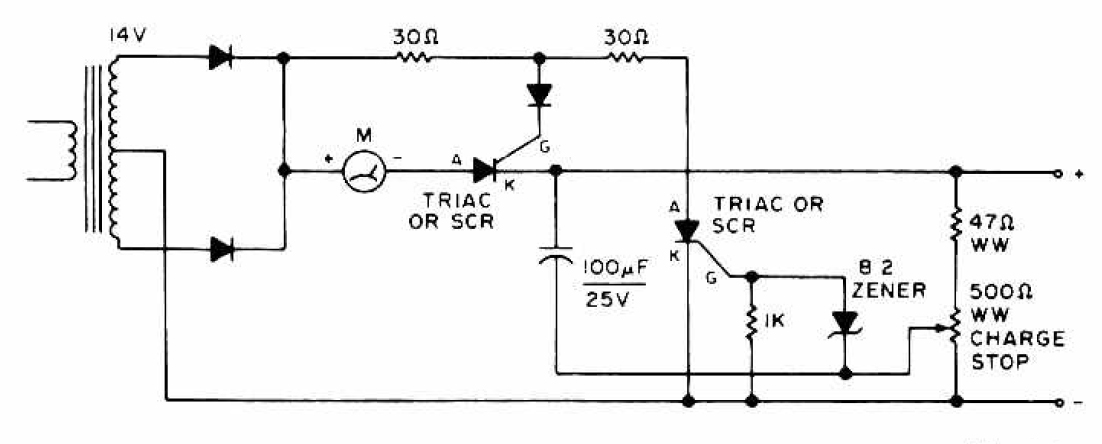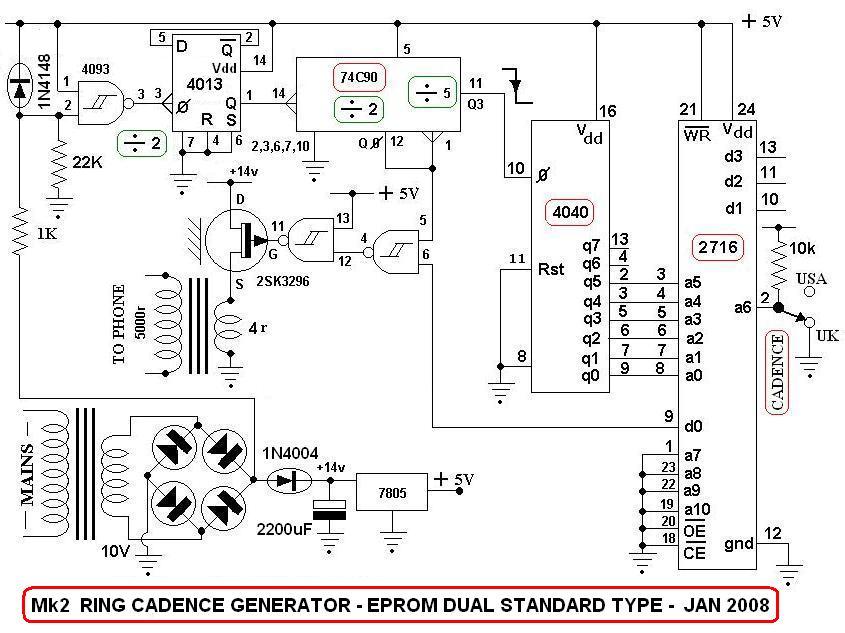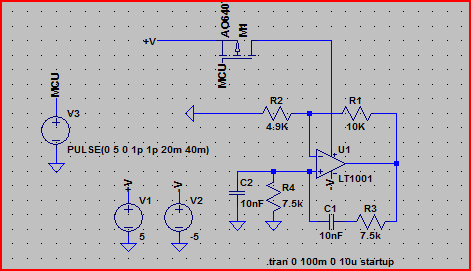
fitting a circuit scheme to a simpler mode
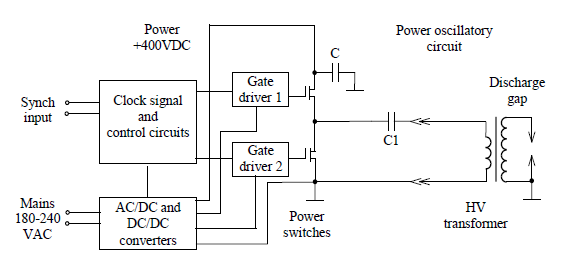
Simulate the electric field within a gas-filled discharge gap generated by a radio frequency voltage generator. The circuit, provided by the experimenters at a distance, is depicted in the accompanying image. The numerical values are as follows: C1 = 22 nF (2.2 × 10^-9 F), R1 = 2 Ω, L1 + L2 = 8 μH (8.0 × 10^-6 H), C2 = 3.4 nF (3.4 × 10^-9 F, representing transformer parasitic capacitance), R2 = 100 MΩ (10^8 Ω), R3 = 1 Ω, and L3 = 100 nH (1.0 × 10^-7 H). The system operates at a frequency of 1 MHz, producing a sinusoidal output of approximately 10 kV. The impedance can be expressed as: (R1 + iω(L1 + L2) - i/(ωC1)) + (R3 + R_gap + iωL3) * (1/(1 + (iωC2)(R3 + R_gap + iωL3))). The generator's manual is available but not in the user's language. The simplified block diagram of the generator is presented in a separate image. The clock signal generator and control circuits are implemented using a Xilinx XCR32256XL programmable logic device. The chip's configuration and generation parameters can be modified in-system via a JTAG programmer. Control signals are amplified by gate drivers before reaching the power switch gates. The converter is designed as a half-bridge circuit using MOSFET switches and is capable of handling voltages up to 400 VDC. The power oscillatory circuit consists of components C1 and a high-voltage step-up transformer with inductance L and parasitic capacitance C2, which together generate the output voltage. In fire mode, this circuit is modeled as two coupled oscillators, one incorporating L and C2 with a resonance frequency around 1 MHz. Consequently, the output voltage rises rapidly, exhibiting a sinusoidal waveform that reaches the breakdown level of the load. Following the breakdown of the discharge gap, the capacitance C2 is effectively shunted by a small plasma impedance, allowing its influence on power oscillation to be neglected. The resonance of the power oscillatory circuit in this mode is determined by L and C1, resulting in a lower resonance frequency compared to the clock signal frequency (~1 MHz). The output voltage diminishes significantly, altering its shape to a triangular waveform as the power supply transitions to limit mode. A powerful 1.3 kW capacitor charging module supplies the RF converter circuit, featuring galvanic isolation from the mains and adjustable output voltage. Auxiliary AC/DC and DC/DC supplies power the control circuits and gate drivers. An external synchronization signal is transmitted via a digital isolator with a standard 50 Ω impedance, where the active level is HIGH (+5 V). The control signal remains inactive if the input connector is not connected. High output voltage (up to 25 kV) and a significant level of electromagnetic interference necessitate the operation of the generator by highly trained personnel. Improper handling may lead to electrical shock, health risks, equipment malfunction, or damage to nearby devices.
The circuit design primarily focuses on simulating the electric field within a gas-filled discharge gap, which is a critical aspect of various applications in plasma physics and high-voltage engineering. The components specified, such as capacitors, resistors, and inductors, are selected to create a resonant circuit that can efficiently generate high-frequency oscillations necessary for sustaining the discharge. The half-bridge configuration of the MOSFETs allows for effective switching, which is crucial for controlling the power delivered to the load.
The choice of a programmable logic device for control indicates a sophisticated level of automation and adaptability in operation, allowing for real-time adjustments based on system feedback. The high voltage step-up transformer plays an essential role in increasing the voltage to the desired levels for discharge initiation, while the parasitic capacitance is an important consideration in the design to mitigate losses and ensure stability during operation.
Safety measures are paramount in the design and operation of such high-voltage systems. The inclusion of galvanic isolation and the specification of experienced personnel for operation highlight the potential hazards associated with high voltage and electromagnetic interference. The circuit's design should also incorporate protective features, such as overvoltage protection and emergency shutdown mechanisms, to enhance safety during operation. Proper grounding and shielding techniques should be employed to minimize the impact of electromagnetic interference on nearby sensitive equipment.Simulate the electric field within a gas filled discharge gap generated by a radio frequency voltage generator. The circuit, provided to me by the experimenters somewhat far away, is given in the second picture below.
(Numerical values: $C1 = 22 nF=2. 2cdot 10{-9}, R1 = 2 Om, L1+L2 = 8 mu H=8. 0cdot 10{-6}, C2 = 3. 4n F=3. 4cdot 10{-9}$ [transformer parasitic capacitance]$, R2 = 100 MOm=108 Ohm, R3 = 1 Om, L3 = 100 nH=10{-7} H. $ Moreover, it`s running at 1MHz, sinusoidal, about $10kV$. ) $$=left(R_1+i omega (L_1+L_2)-ifrac{1}{omega C_1} ight)+left(R_3+R_{Gap}+i omega L_3 ight)frac{1}{1+(i omega C_2)left(R_3+R_{Gap}+i omega L_3 ight)}$$ I have no idea if it`s of relevance, but I can post the text of the manual of the generator, which I also have, but which isn`t really written in my language.
I have no idea how the picture even corresponds to the question above. The letter symbols seem a little off. So if the following doesn`t make any sense, then ignore it and just take the question above this at face value. "This generator simplified block diagram is presented on Fig. 5*` (the third picture). Clock signal generator, protect and control circuits are realized by using programmable logic device(PLD) Xilinx XCR32256XL.
This chip configuration(and generation parameters) could be changed in-system by special JTAG (Joint Test Action Group)-programmer. Control signal are boosted by gate drivers and gone to the power switch gates. The converter is designed as half-bridge circuit using MOSFET(Metal-Oxide-Semiconductor Field Effect Transistor) switches and fed by voltage up to 400 VDC.
Power oscillatory circuit, included elements C1 and high voltage step-up transformer having loss inductance L and parasitic capacitance C2, forms output voltage. In fire mode this circuit part can be simulated as two coupled oscillators; one of them consists of L and C2 and has resonance frequency about 1 MHz.
As a result, output voltage will increase fast, have sinusoidal-like shape and reach breakdown level of load. After discharge gap breakdown, in limit mode, capacitance C2 is shunted by small plasma impedance and we can ignore its influence on power oscillation.
Resonance of power oscillatory circuit in this mode will be defined by elements L and C1 and resonance frequency value will be less significantly than clock signal frequency(~1MHz). Output voltage will decrease a lot, its shape is changed to near triangle and power supply passes to limit mode.
Powerful 1. 3 kW capacitor charging module is used to feed RF converter circuit. It has galvanic isolation from mains and adjustable output voltage. Control circuits and gate drivers are fed by auxiliary AC/DC and DC/DC supplies. External synch signal is transferred by digital isolator, it has standard 50 Ohms impedance, active level is HIGH (+5 Vampl). Control signal is inactive if input connector is not jointed. " I also don`t actually know where the voltage they measure (which is supposed to be 10kV) is taken from in the circuit.
Maybe the pictures plainly say it, but I can`t read it. "High output voltage (up to 25 kV) and high level of electromagnetic interferences require highly experienced personnel to operate with generator. Careless use may be cause of electrical shock, health hazard, malfunction or even damage of nearby equipment.
" 🔗 External reference
The circuit design primarily focuses on simulating the electric field within a gas-filled discharge gap, which is a critical aspect of various applications in plasma physics and high-voltage engineering. The components specified, such as capacitors, resistors, and inductors, are selected to create a resonant circuit that can efficiently generate high-frequency oscillations necessary for sustaining the discharge. The half-bridge configuration of the MOSFETs allows for effective switching, which is crucial for controlling the power delivered to the load.
The choice of a programmable logic device for control indicates a sophisticated level of automation and adaptability in operation, allowing for real-time adjustments based on system feedback. The high voltage step-up transformer plays an essential role in increasing the voltage to the desired levels for discharge initiation, while the parasitic capacitance is an important consideration in the design to mitigate losses and ensure stability during operation.
Safety measures are paramount in the design and operation of such high-voltage systems. The inclusion of galvanic isolation and the specification of experienced personnel for operation highlight the potential hazards associated with high voltage and electromagnetic interference. The circuit's design should also incorporate protective features, such as overvoltage protection and emergency shutdown mechanisms, to enhance safety during operation. Proper grounding and shielding techniques should be employed to minimize the impact of electromagnetic interference on nearby sensitive equipment.Simulate the electric field within a gas filled discharge gap generated by a radio frequency voltage generator. The circuit, provided to me by the experimenters somewhat far away, is given in the second picture below.
(Numerical values: $C1 = 22 nF=2. 2cdot 10{-9}, R1 = 2 Om, L1+L2 = 8 mu H=8. 0cdot 10{-6}, C2 = 3. 4n F=3. 4cdot 10{-9}$ [transformer parasitic capacitance]$, R2 = 100 MOm=108 Ohm, R3 = 1 Om, L3 = 100 nH=10{-7} H. $ Moreover, it`s running at 1MHz, sinusoidal, about $10kV$. ) $$=left(R_1+i omega (L_1+L_2)-ifrac{1}{omega C_1} ight)+left(R_3+R_{Gap}+i omega L_3 ight)frac{1}{1+(i omega C_2)left(R_3+R_{Gap}+i omega L_3 ight)}$$ I have no idea if it`s of relevance, but I can post the text of the manual of the generator, which I also have, but which isn`t really written in my language.
I have no idea how the picture even corresponds to the question above. The letter symbols seem a little off. So if the following doesn`t make any sense, then ignore it and just take the question above this at face value. "This generator simplified block diagram is presented on Fig. 5*` (the third picture). Clock signal generator, protect and control circuits are realized by using programmable logic device(PLD) Xilinx XCR32256XL.
This chip configuration(and generation parameters) could be changed in-system by special JTAG (Joint Test Action Group)-programmer. Control signal are boosted by gate drivers and gone to the power switch gates. The converter is designed as half-bridge circuit using MOSFET(Metal-Oxide-Semiconductor Field Effect Transistor) switches and fed by voltage up to 400 VDC.
Power oscillatory circuit, included elements C1 and high voltage step-up transformer having loss inductance L and parasitic capacitance C2, forms output voltage. In fire mode this circuit part can be simulated as two coupled oscillators; one of them consists of L and C2 and has resonance frequency about 1 MHz.
As a result, output voltage will increase fast, have sinusoidal-like shape and reach breakdown level of load. After discharge gap breakdown, in limit mode, capacitance C2 is shunted by small plasma impedance and we can ignore its influence on power oscillation.
Resonance of power oscillatory circuit in this mode will be defined by elements L and C1 and resonance frequency value will be less significantly than clock signal frequency(~1MHz). Output voltage will decrease a lot, its shape is changed to near triangle and power supply passes to limit mode.
Powerful 1. 3 kW capacitor charging module is used to feed RF converter circuit. It has galvanic isolation from mains and adjustable output voltage. Control circuits and gate drivers are fed by auxiliary AC/DC and DC/DC supplies. External synch signal is transferred by digital isolator, it has standard 50 Ohms impedance, active level is HIGH (+5 Vampl). Control signal is inactive if input connector is not jointed. " I also don`t actually know where the voltage they measure (which is supposed to be 10kV) is taken from in the circuit.
Maybe the pictures plainly say it, but I can`t read it. "High output voltage (up to 25 kV) and high level of electromagnetic interferences require highly experienced personnel to operate with generator. Careless use may be cause of electrical shock, health hazard, malfunction or even damage of nearby equipment.
" 🔗 External reference
